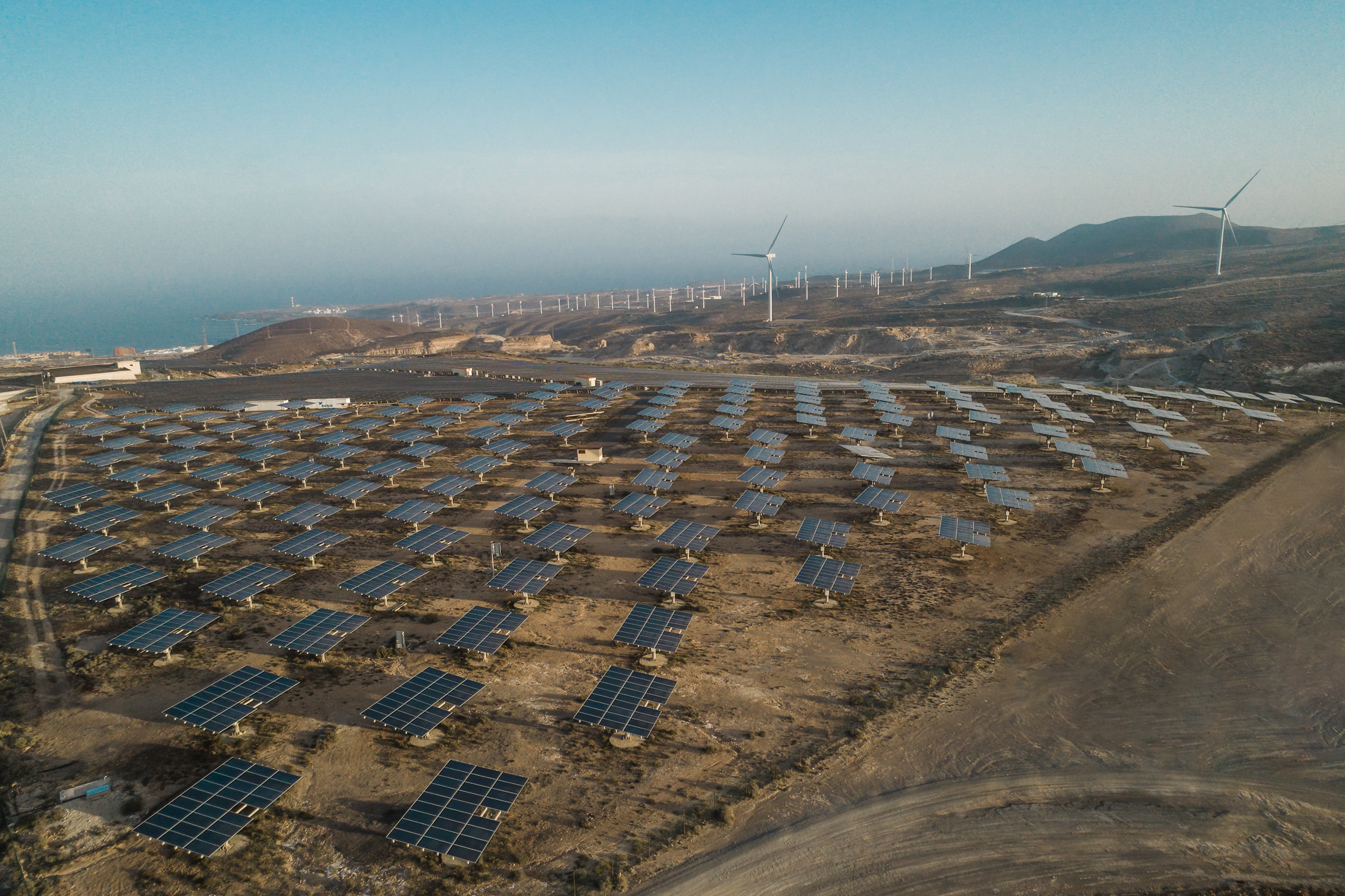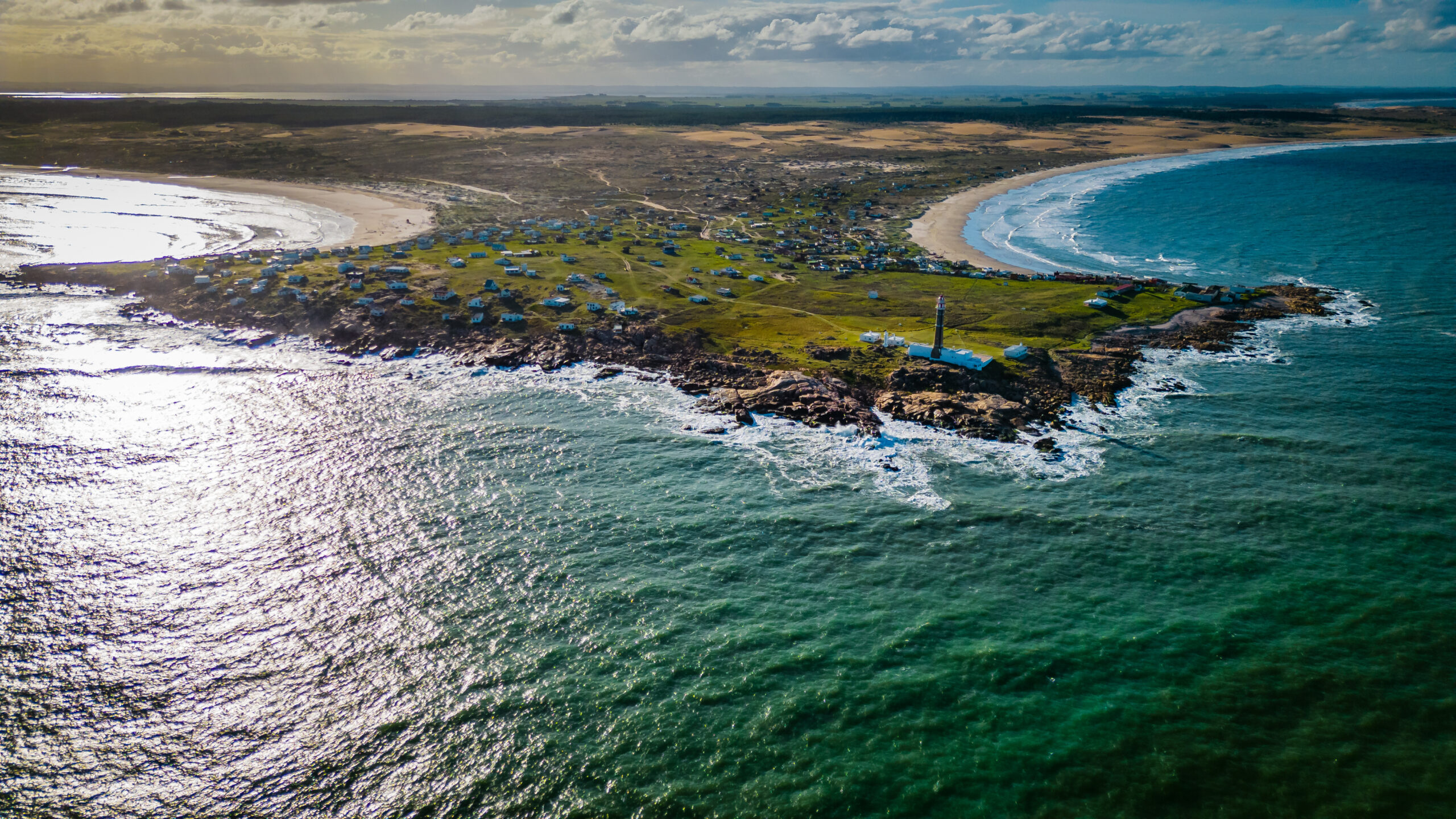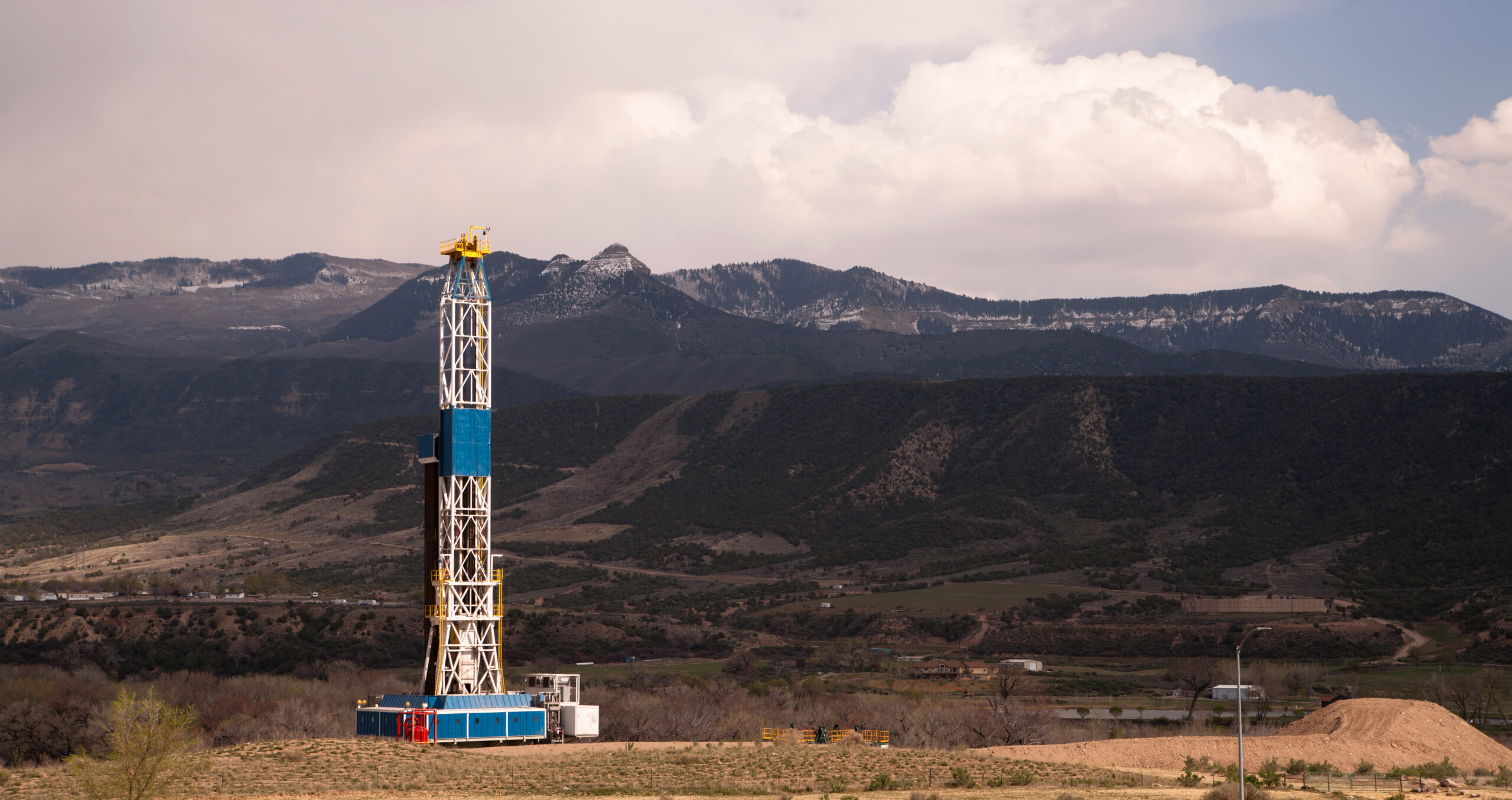Renewable additions to post record 2023 increase: IEA report
Renewable energy capacity additions are set to increase by a record 107 GW year on year to reach 440 GW globally in 2023, an IEA report said.

Renewable energy capacity additions are set to increase by a record 107 GW year on year to reach 440 GW globally in 2023, amid new policy measures and as the energy crisis accelerated the shift towards cleaner energy sources, according to a new International Energy Agency (IEA) report, published Thursday.
Total installed renewable capacity is set to reach 4,500 GW by the end of 2024, the IEA said in its Renewable Energy Market Update
The U.S., Europe and China are leading this rapid expansion, with China accounting for over half of new capacity in 2023 and 2024, the IEA report said.
In Europe, renewable capacity additions projections have been revised upwards by 40% in the wake of the Russian invasion of Ukraine, which prompted several countries to boost solar and wind uptake to reduce their reliance on Russian natural gas.
Countries including Spain, Germany and Ireland will see wind and solar PV’s combined share of their overall annual electricity generation rise above 40% by 2024.
The capacity growth was dominated by wind and solar PV, with the latter accounting for two-thirds of this year’s global increase and set to keep growing in 2024.
Along with the expansion of large-scale solar PV plants, smaller systems are taking up a larger share of the new capacity, as higher electricity prices are stimulating faster growth of rooftop solar PV which are helping consumers reduce their energy bills, the IEA said.
Newly installed solar PV and wind capacity saved EU electricity consumers 100 billion euros during 2021-2023 by displacing more expensive fossil fuel generation, the IEA estimated.
Manufacturing capacity for all solar PV production segments is expected to more than double to 1,000 GW by 2024, led by China and increasing supply diversification in the United States, India and Europe.
On the back of that, the IEA expects solar PV manufacturing capacity to “comfortably meet the level of annual demand” envisaged in IEA’s Net Zero Emissions by 2050 Scenario.
Meanwhile, after two years of decline, onshore wind is expected to rebound 70% to 107 GW mainly due to the commissioning of delayed projects in China. Offshore wind growth on the other hand is set to remain subdued.
While the competitiveness of wind and solar PV has improved since last year “government policies need to adapt to changing market conditions, particularly for renewable energy auctions,” the IEA said, noting that auctions were undersubscribed by a record 16% in 2022, leading to 20 GW of unallocated capacity amid higher costs of wind and solar.
Moreover “policies need to focus on timely planning and investment in grids in order to securely and cost-effectively integrate high shares of variable renewables in power systems,” it said.



